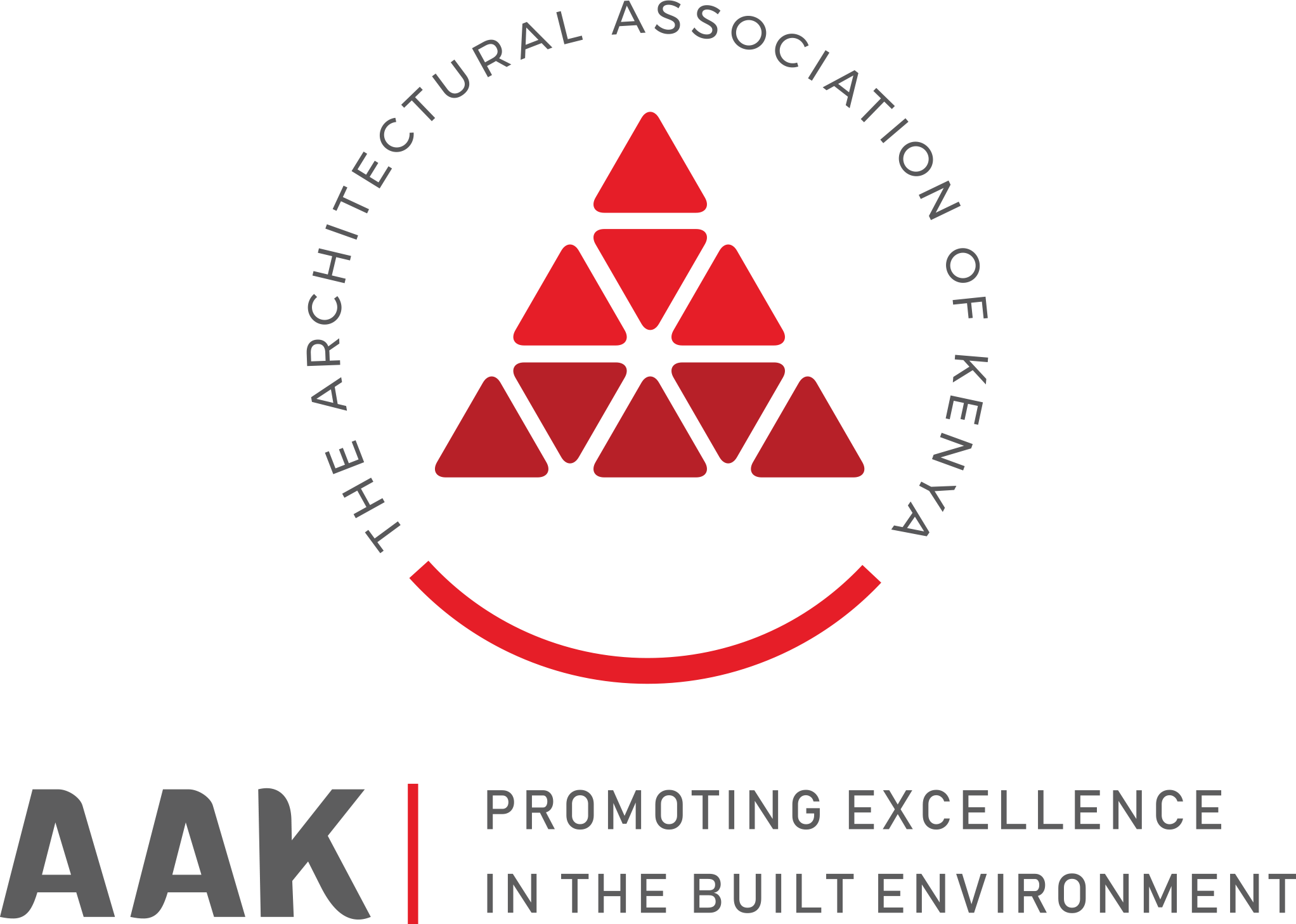Architecture is the science and art of building.
An architect is the only professional who is both an artist and a scientist. As a scientist, the architect is trained and is an expert on:
- The design of building structures that provide comfortable, functional and hygienic internal living or working place;
- The science of thermal, acoustic, ventilation, lighting and humidity control within the internal spaces of the built environment among other thing
- The science of human comfort dealing with four out of the five human senses. These are hearing, touch, sight and smell, all of which must be controlled in a properly designed building;
- The design of building structures to protect occupants against the hostile environmental conditions like rainfall, wind forces, earth movements like earthquakes, unwanted infra-red and ultra-violet radiations from the sun
- The science of environmental forces which adversely affect human safety and comfort;
- The science of building materials which he uses in his design as tools of controlling the internal atmosphere of the built environment;
Why we do it better?
An architect, in consultation with engineers ensures that the buildings are structurally sound, properly energized through proper electrification systems, fully serviced with clean water and properly drained of foul and waste water. He also works in consultation with the Quantity Surveyor to control the building construction costs, through the choice of appropriate materials and construction method.
In a normal building operation, the architect’s duties largely include but are not limited to the following:
- To receive instructions from building developers and to prepare sketch proposals on the basis of which feasibility study can be carried out;
- To prepare feasibility studies on building developments;
- To carry out schematic designs and to submit the drawings to Local Authorities for approval on behalf of developers;
- To advise developers on the need for design consultants like Quality Surveyors, Structural, Civil, Electrical and Mechanical Engineers, Interior Designers, Landscape Architects etc;
- To carry out detailed designs of buildings and prepare drawing on the basis of which Bills of Quantities can be prepared for tender action;
- To supervise building construction works during the construction period;
- To coordinate the activities of all other consultants in any given building project;
- To act as an arbitrator between the developer and the building contractor in case of any disputes during or after the construction period;
- To carry out project management on behalf of clients who are interested in having their project implementation completed within the programmed budget time.
